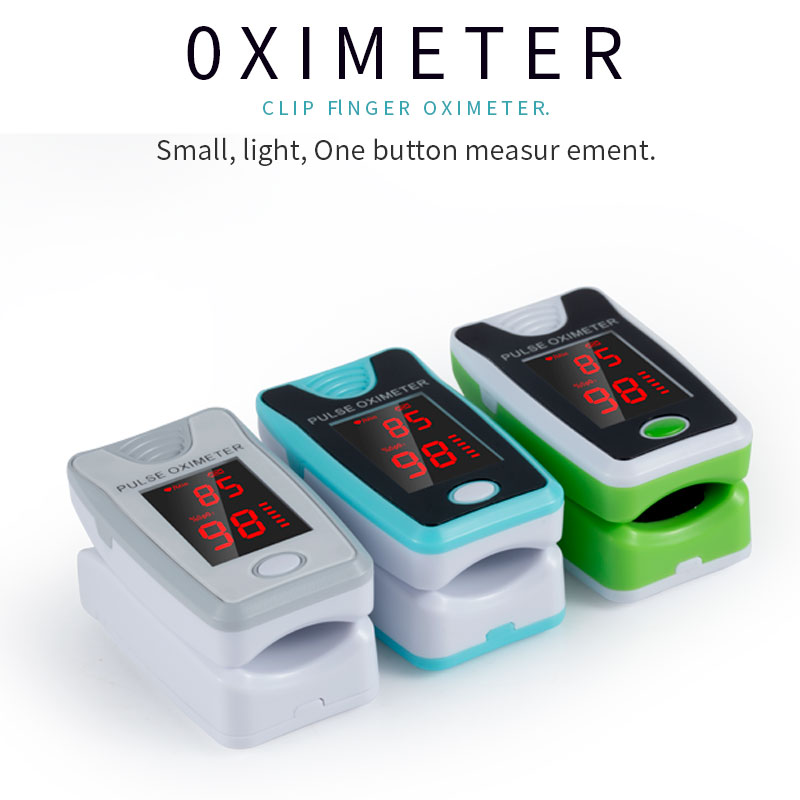How a pulse oximeter generally works
2023-12-08
A pulse oximeter is a medical device that measures the oxygen saturation level in the blood and the heart rate. It is a non-invasive and portable tool commonly used in medical settings as well as by individuals at home for monitoring respiratory and cardiovascular health. Here's how a pulse oximeter generally works:
1. Light Emission: The pulse oximeter typically consists of a small clip-like probe that is attached to a person's fingertip, earlobe, or other suitable body parts. The probe contains light-emitting diodes (LEDs) that emit two different wavelengths of light—usually red and infrared—into the blood vessels.
2. Light Absorption: The oxygenated hemoglobin (oxygen-bound hemoglobin) and deoxygenated hemoglobin (non-oxygen-bound hemoglobin) in the blood absorb different amounts of light at these two wavelengths. The pulse oximeter detects the amount of light transmitted through the blood.
3. Calculation: The device calculates the oxygen saturation level by comparing the ratio of oxygenated hemoglobin to total hemoglobin. It also measures the pulse rate by detecting the pulsatile flow of blood.
4. Display: The results are displayed on the pulse oximeter's screen as a percentage, representing the oxygen saturation level, and a numerical value for the heart rate.
Pulse oximeters are valuable for various applications, including:
- Monitoring Respiratory Conditions: They are commonly used to assess the effectiveness of respiratory treatments, such as supplemental oxygen therapy.
- Home Monitoring: Individuals with certain respiratory or cardiovascular conditions, like chronic obstructive pulmonary disease (COPD) or heart failure, may use pulse oximeters at home to track their oxygen levels regularly.
- Exercise and Altitude Training: Athletes and individuals engaging in high-altitude activities may use pulse oximeters to monitor oxygen saturation during training.
- Screening for Sleep Apnea: Pulse oximeters can be used as part of sleep studies to monitor oxygen levels during sleep and identify potential sleep apnea.
Pulse oximeters are generally safe and easy to use. However, it's important to follow the manufacturer's instructions for proper placement and usage. Keep in mind that while pulse oximeters are useful for assessing oxygen saturation, they do not provide information about the actual amount of oxygen in the blood or other aspects of respiratory function. If there are concerns about health, it's advisable to consult with a healthcare professional for a comprehensive assessment.



